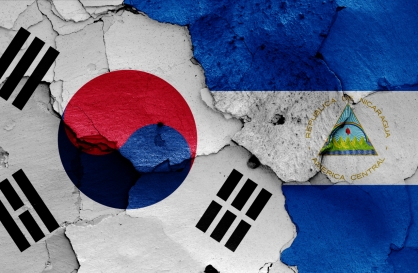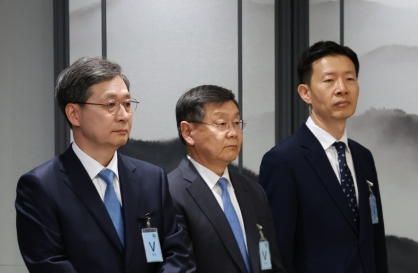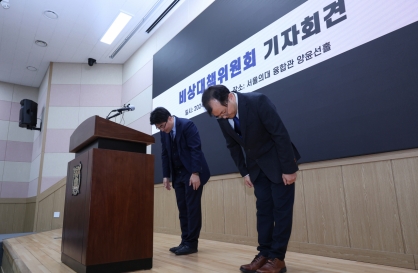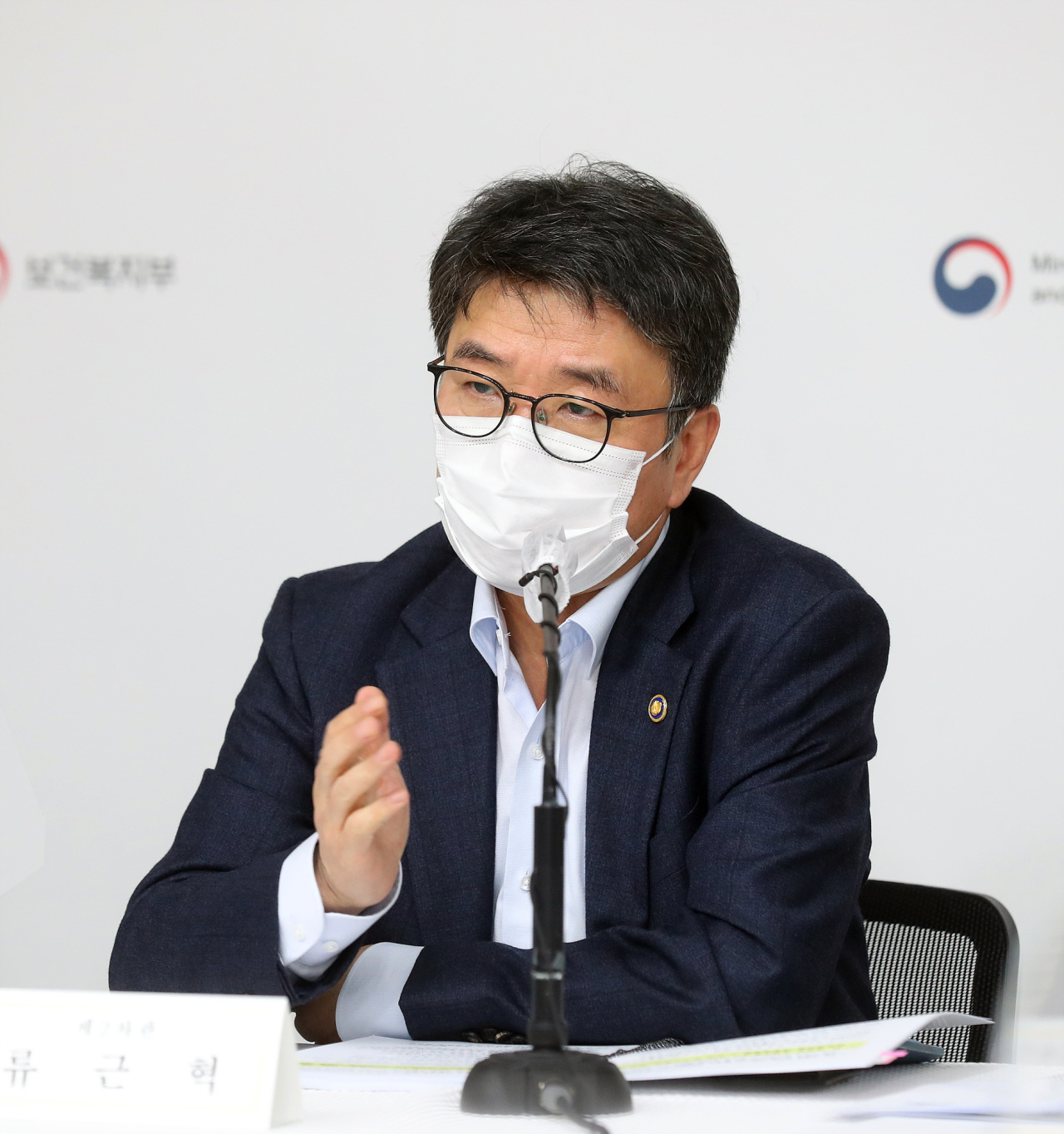 |
Vice Minister of Health and Welfare Yoo Geun-heag speaks to reporters during a conference Tuesday. (Minister of Health and Welfare) |
Considering the current trajectory, South Korea will be able to enter the second phase of its reopening, otherwise known as the pandemic exit plan, slated for mid-December, Vice Minister of Health and Welfare Yoo Geun-heag told reporters Tuesday.
As Korea seeks to coexist with COVID-19, deaths and hospitalizations, rather than case counts, will be the two main metrics that measure the country’s performance in handling the pandemic, the government previously said. Based on the changes in trends, the government is set to decide whether to move on to the next phase of the pandemic exit next week.
Asked up to which point death and hospitalization rates were deemed “manageable,” he said the government had not set a specific figure. “Our aim is to reduce deaths and hospitalizations as much as possible … but there is no target figure that we are aiming toward.”
The number of patients with critical COVID-19 hit 425 on Monday, and they occupied 55 percent of intensive care beds across the country -- the third-highest figures since the pandemic began.
While the government has pointed to a 75 percent nationwide intensive care bed occupancy rate as social distancing restrictions were eased earlier this month, that was “not the ultimate deciding factor,” he added.
Despite having issued an administrative order to hospitals to set aside some of their beds for COVID-19 patients last week, Korea’s health care system has room to cope with the current outbreak without restoring restrictions, he maintained, citing evaluations by the government as well as a panel of outside advisers.
In response to a press query pointing out an uptick in COVID-linked deaths, he said the death rate, which currently hovers around 0.7 percent to 0.8 percent, was “not that high compared to figures seen in other countries.”
Korea’s death rate, which fell from around 1.56 percent at the beginning of Korea’s vaccination campaign in February to about 0.35 percent in June, rose to 0.7 percent in October. For each day during the first week of November, more than 15 deaths were reported.
As boosters have become available to vulnerable populations, including residents of nursing homes and people in other high-risk settings, the rate was projected to go down, he said. Deaths were nearly five times more common among unvaccinated people than vaccinated people.
As winter approaches, the government is “keen to avoid repeating the tragedy of last winter,” he said, when a string of outbreaks at homes for older adults led to a spike in deaths.
He said he believes the vaccine campaign’s expansion was key to lowering deaths and hospitalizations, pointing out that although some 76 percent of the Korean population is fully vaccinated, there are still 5 million people who still haven’t gotten a single shot.
By Kim Arin (
arin@heraldcorp.com)

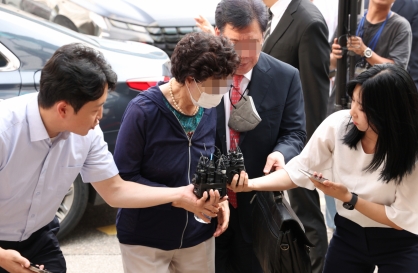
![[단독] 육해공군 본부 아이폰 금지 검토…전군 확대 가능성](http://res.heraldm.com/phpwas/restmb_idxmake.php?idx=644&simg=/content/image/2024/04/23/20240423050709_0.jpg)
![[Herald Interview] 'Amid aging population, Korea to invite more young professionals from overseas'](http://res.heraldm.com/phpwas/restmb_idxmake.php?idx=644&simg=/content/image/2024/04/24/20240424050844_0.jpg)

